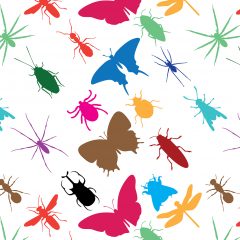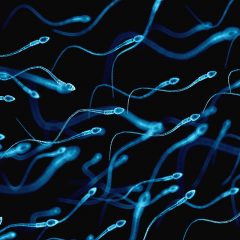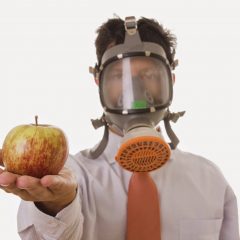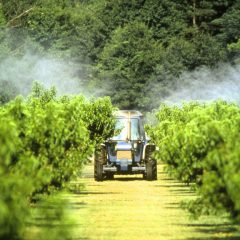Search results for “pesticide exposure”:
“The dietary risk index system: a tool to track pesticide dietary risks” Co-authors: Charles Benbrook and Don Davis Published: October 14, 2020 in Environmental Health. Full Citation: Benbrook, Charles M., & Davis, Donald R.; “The dietary risk index system: a tool to track pesticide dietary risks;” Environmental Health, 2020, 19(1); DOI: 10.1186/s12940-020-00657-z. Access the full-text […]
Interpreting DRI Values How Risky is that Residue? Accounting for Residues of the Same Pesticide on Multiple Foods DRI Results – Tracking Differences in Pesticide Dietary Risks DRI Parameters Aggregating DRI Values DRI Output Reports Limits of the DRI More DRI Resources Interpreting DRI Values The DRI system provides three different measurements of pesticide dietary […]
The Dietary Risk Index, or DRI, is a complex analytical system that quantifies the relative risks stemming from pesticides in food. The DRI value for a given food-pesticide combination takes into account the level of residues in the food, the chronic toxicity of the pesticide, and the typical number of grams in a single serving […]
Monarch butterflies need milkweed to survive. Declining populations of this iconic butterfly have been driven by many factors, but until recently, one undisputed factor has received the most attention — the loss of milkweed in the wake of the near-universal adoption of Roundup Ready corn, soybean, cotton canola, alfalfa, and sugarbeets. And these are serious […]
Read More, References, Comment »
Introduction Three Major Actions The Food Quality Protection Act (FQPA) Glyphosate/Roundup Case Study The Lowdown on Roundup Changes Over Time Does Glyphosate/Roundup Cause Cancer IARC vs. EPA Genotoxicity Paper Introduction Pesticide regulators strive to prevent “unreasonable adverse effects on man and the environment,” the basic standard embedded in the FIFRA statute (the Federal Insecticide, Fungicide, […]
In the latest study revealing the extent of declines in global insect populations, researchers working in Puerto Rico’s Luquillo rainforest have documented a “bottom-up trophic cascade” triggered by large declines in the biomass and abundance of arthropods, the family of animals that include insects and spiders. Populations of insectivorous predators like lizards, frogs, and birds […]
Read More, References, Comment »
A decades-long trend of lowering sperm counts in American men is in the news these days. The July 25, 2018 New York Times ran a lengthy story about the issue. It touches on possible causes, while reviewing the societal and personal implications of the changing spermatozoal landscape. The Times piece, authored by Nellie Bowles, is motivated […]
Read More, References, Comment »
Part I: A Tipping Point for Organic Apples in the Pacific Northwest? The remarkable growth since 2016 in organic apple production in Washington State has received almost no attention in the media, food industry, and public health communities. I paste in below a recent update from two Washington State University faculty members who follow closely […]
Read More, References, Comment »
Virtually all Americans who enjoy at least a few servings of fresh fruits and vegetables are exposed on a daily basis to one to four residues of neonicotinoid (nicotinyl for short) insecticides. That’s why they are in me and you most every day, except of course for the days we purchase and consume organic produce. […]
Read More, References, Comment »
The February 2017 issue of Environmental Health Perspectives contains an important open access research paper on the human health effects of neonicotinoid insecticides (nicotinyls for short). The work was carried out by a team led by Dr. Melissa Perry of George Washington University. The issue also includes an accompanying news report by Nate Seltenrich. Dr. […]
Read More, References, Comment »






